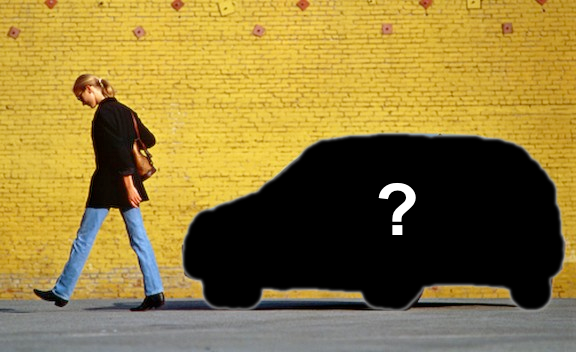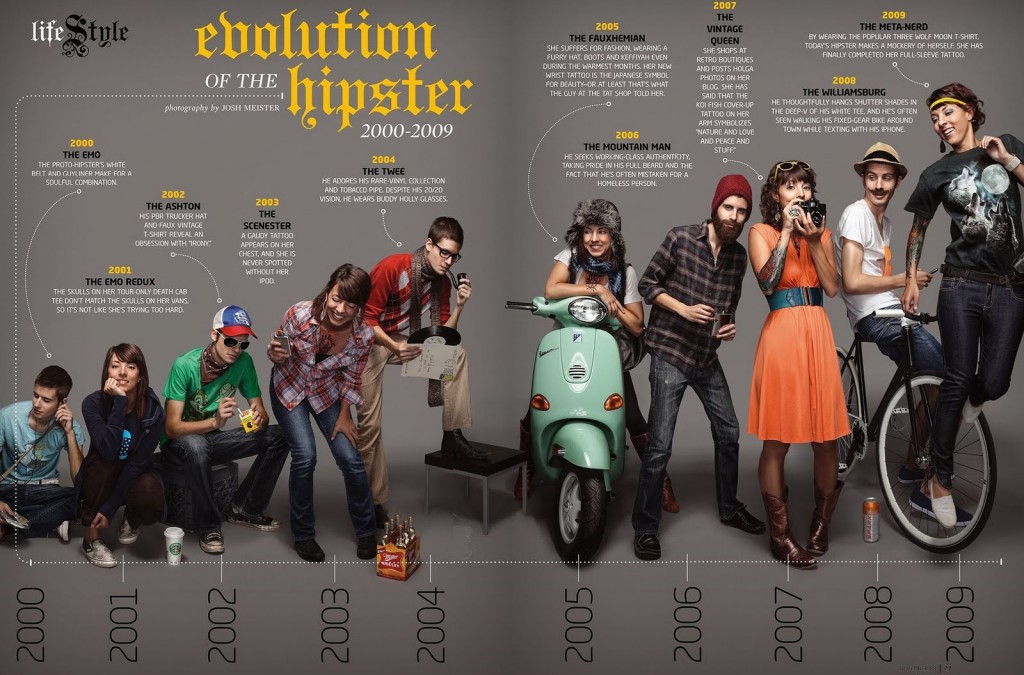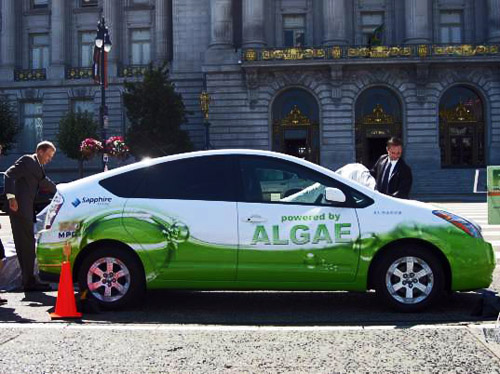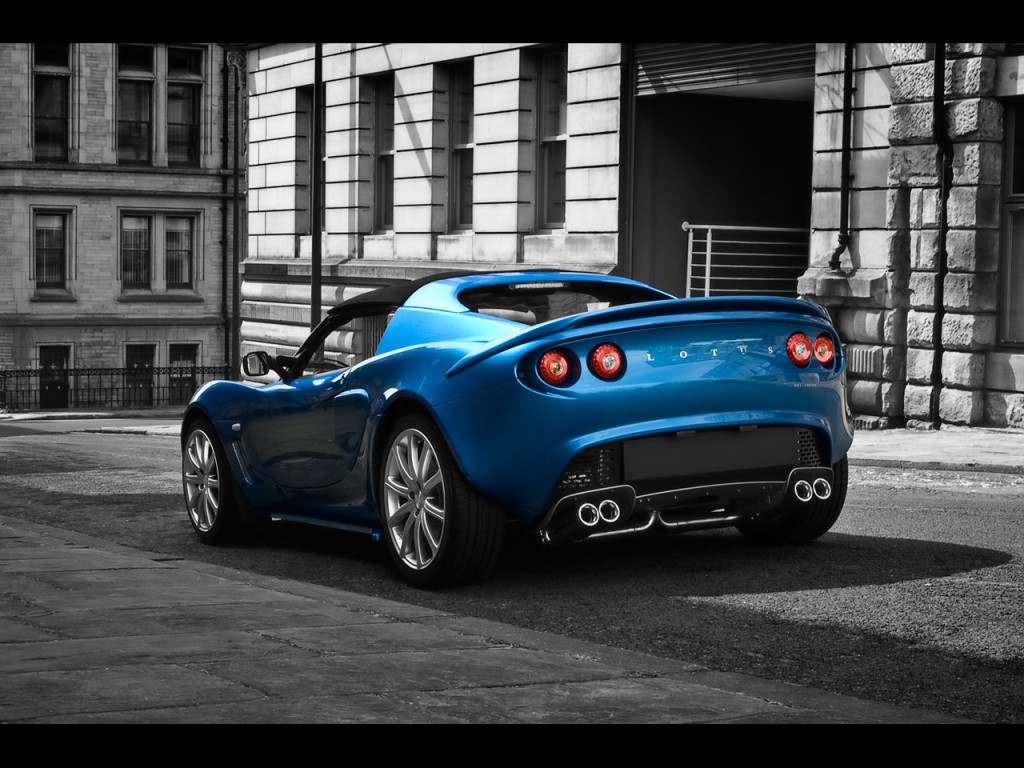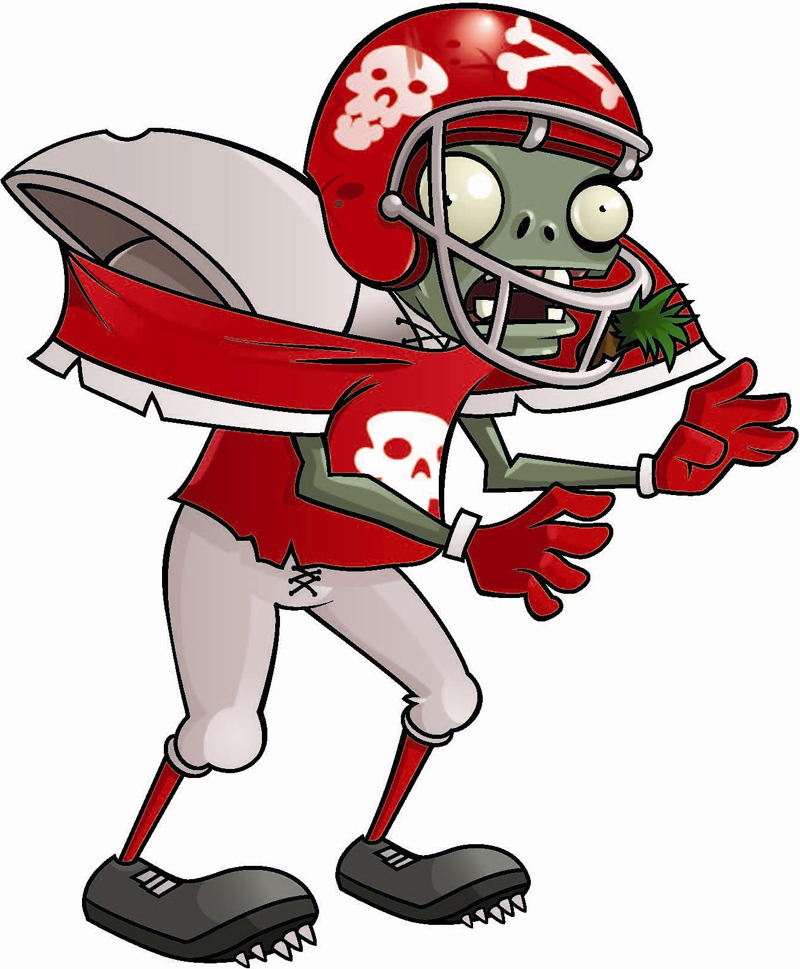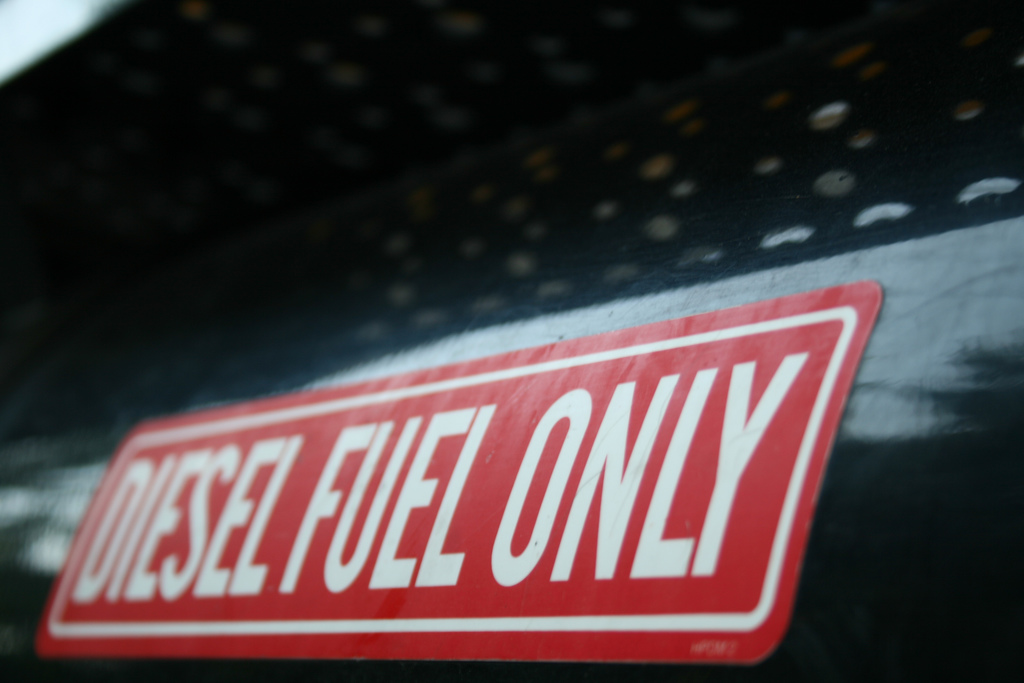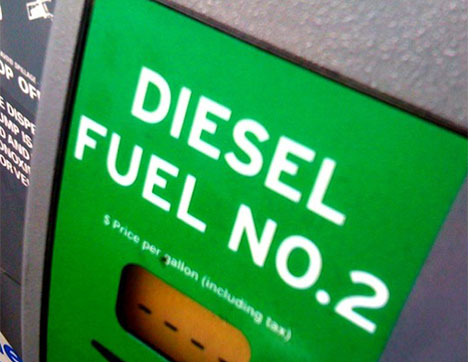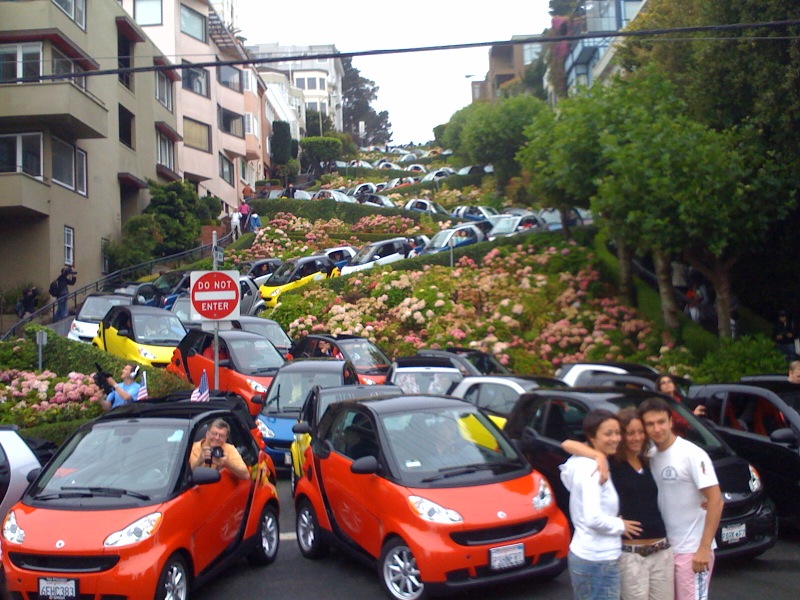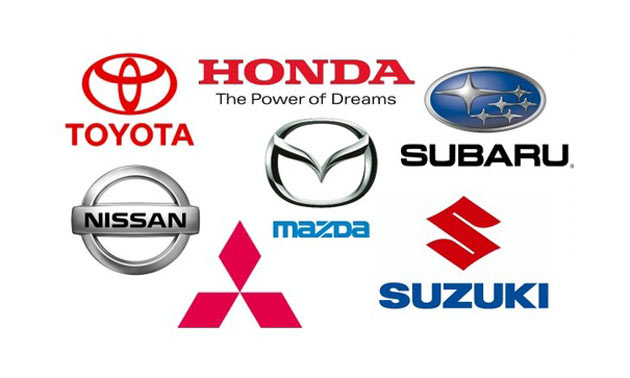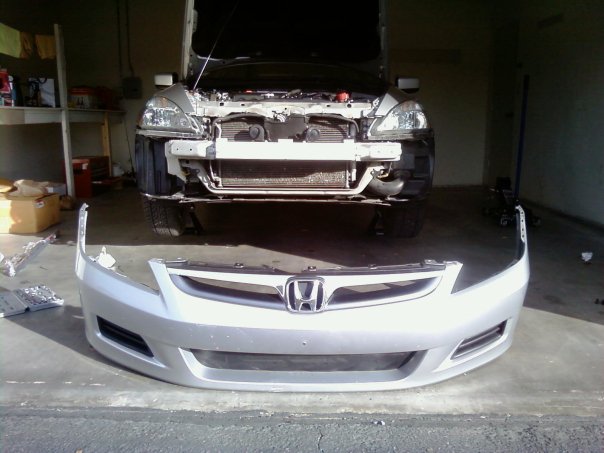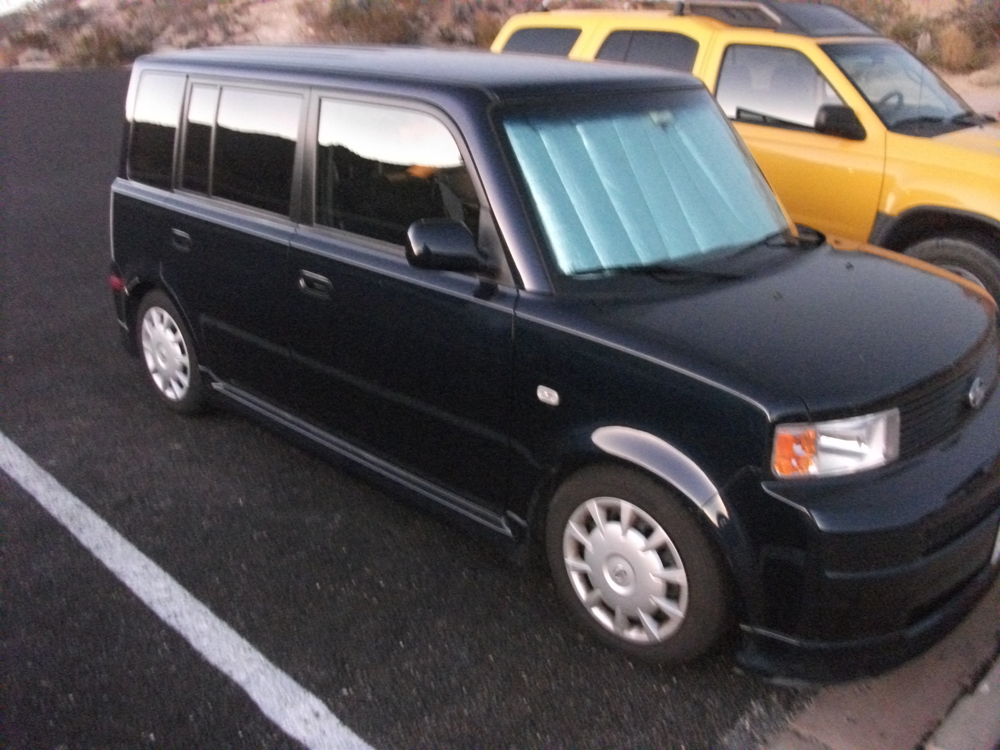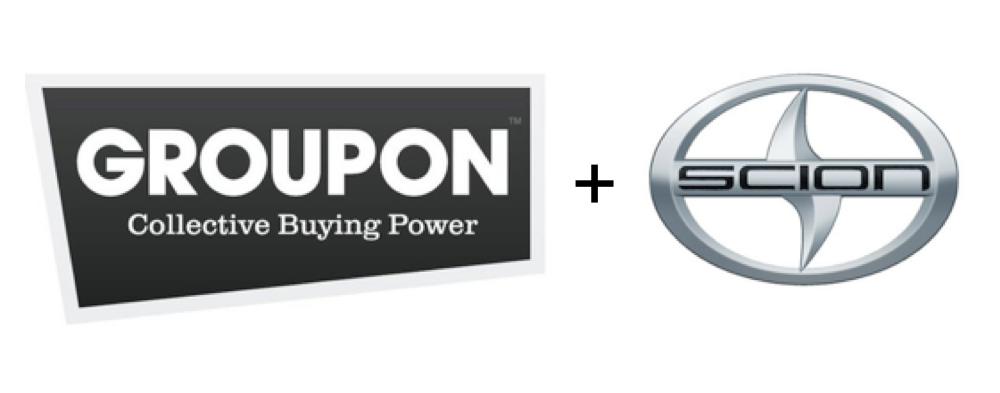The story’s always the same: you wake up in an abandoned hospital. In your weakened state, you stumble down a hallway whose walls are filled with messages scrawled in blood. Your stomach sinks as it slowly dawns on you that the rest of the world has been overrun by the undead.
But here’s the twist: what would you drive during a zombie apocalypse? Suppose you find the mangled body of Jeremy Clarkson from Top Gear – his cold hands clutching a ring of car keys. Inspecting the keychain shows that Mr. Clarkson had carefully considered his getaway options. Some choices are obvious, like the Ford Raptor and Land Rover Defender, but the other choices are not. You hear a faint growling from a distance, but the volume is growing at an alarming rate. You yank the entire keyring out of his hands and make a mad dash into the parking garage to make your final decision.
#1 Ford SVT Raptor
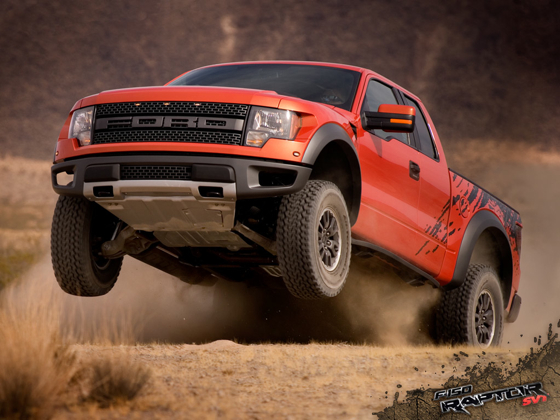
Raptor smash, Raptor smush
Even if you don’t care about cars, choosing a truck named “Raptor” is common sense when the undead start crawling towards you. The Raptor is based on the most popular selling truck in America, the Ford F-150. The frame has been widened by 7″ and beefed up to handle off-road duties. The skid plate and extra wide grille can be retrofitted to cause maximum zombie carnage. Unfortunately, the mileage is so terrible that you’ll have to expose yourself to danger at every gas station.
Pros: truck utility, hauls up to 8,000 pounds, general badass-ery.
Cons: truck bed exposed to zombie attack. 13 MPG.
Bottom Line: Cool before the zombies came, cool when zombies arrives, and will remain cool even after all life ends as humans know it.
#2 Jetta Sportwagon TDI
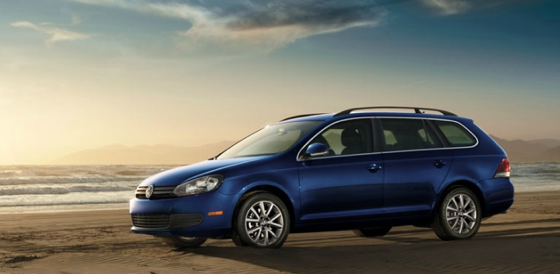
Das Auto to escape ze zombies
Efficiency is probably at the bottom of your car shopping list with the undead hot on your heels. However, gas stations will quickly be deserted. While a hybrid Prius would yield great fuel economy numbers, the Jetta Sportwagon TDI is the smarter choice. The available diesel engine will reach hybrid-like MPG’s (up to 42 MPG), but can also burn waste vegetable oil. This will allow you to sneak into McDonalds and use their deep-fryer grease as fuel in a pinch. While you’re there, don’t forget to hoard what few chick McNuggets are left in this world in it’s spacious trunk – 67 cubic feet if you fold down the rear seats. That’s a lot of nuggets.
Pros: good MPG, spacious wagon storage, heated seats, diesel powered
Cons: dodgy VW reliability, sporty rims a liability on unpaved roads
Bottom Line: A stylish and good choice in urban areas.
#3 “The Beast”
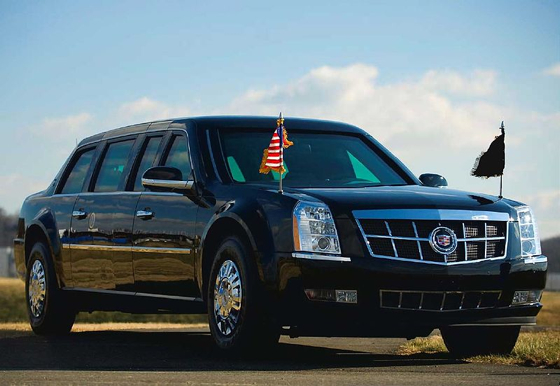
Don't be fooled, those flags are really zombie kill-sticks
Cadillac’s slogan of “Standard of the World” stopped being a true statement since Lexus came in and ate their market. But this is no ordinary Cadillac. In fact, the limo is built on top of a General Motors medium-duty commercial truck chassis, with the exterior and interior sourcing many parts from Cadillac. Many defensive measures are built in including run flat tires, doors that weigh as much as Boeing 757 cabin door, tear gas from the front bumpers, and night vision. Communication equipment is available, and the entire vehicle can be locked down like a vault.
Pros: supreme comfort for up to 7 even post apocalypse, run flat tires, bullet proof (in case other survivors turn on you)
Cons: not enough ground clearance, too heavy, 8 MPG, lack of replacement parts, lousy breakover angle, no lift kits available
Bottom Line: If it’s good enough for our president, it’s going enough for me.
#4 Mid 90’s Beige Toyota Camry
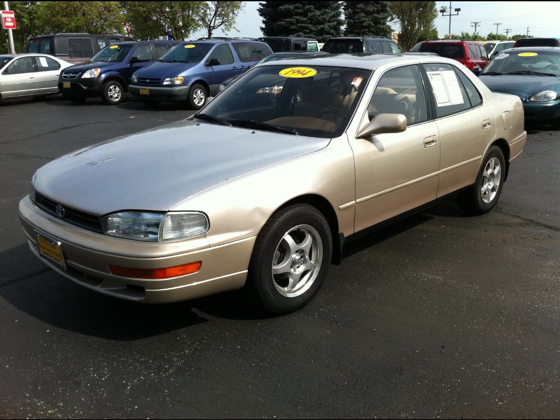
yawn...
Ah, the nondescript Camry. While it may not be fast or strong, it makes up for it’s deficiencies with a stellar reliability record.
Pros: unlimited used parts. so bland that even a zombie won’t notice it…
Cons: …your rescuers might not see you either
Bottom Line: A unsexy, but sensible choice.
#5 Land Rover Defender
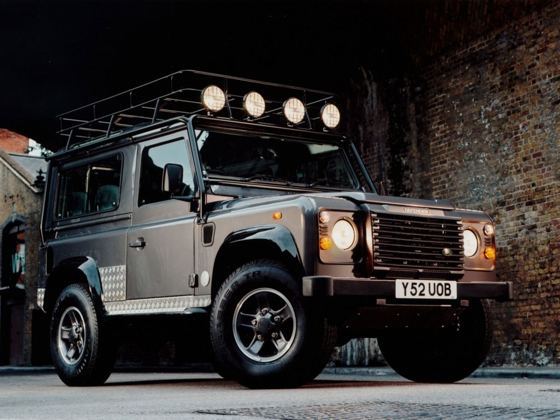
zombie in headlights?
Used by militaries around the world, and also by hardcore off-road enthusiasts, the iconic Defender is ready for any physical challenge. With an attached snorkel, the Defender can ford across rivers. It’s advanced oil system allows it to ascend and descend at extreme angles, and still properly lubricate all the essential drive components. Built for durability, the Defender will go anywhere and last forever.
Pros: tried and proven. sold in over 140 countries.
Cons: spartan interior means rough winters
Bottom Line: It looks like it belongs in a zombie movie.
#6 Bonus Ride: Ferrari FF
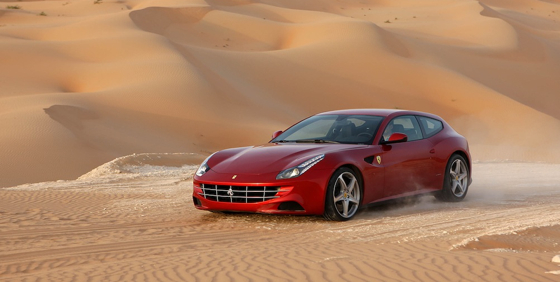
let's drive to a desert oasis!
With all the doom and gloom in the air, why not take a deep breath and assess your situation. Infrastructure has ground to a halt. All modern conveniences have vanished or stopped working. Odds are good that even if you play it safe, you’ll trip up one day and get a nasty bite when you least expect it. So why not have a little fun before you get eaten. The FF is the most “practical” Ferrari to date. With seating for four, you can spend your last days with loved ones swathed in Alcantara. The trick AWD system means that you’ll be able to generate smile inducing hoonery even in sand and snow.
Pros: The last toy on earth.
Cons: Sonorous Ferrari exhaust noises likely to draw unwanted attention. Every other attribute that makes an Ferrari awesome.
Bottom Line: Live a little, the Ferrari won’t bite.



